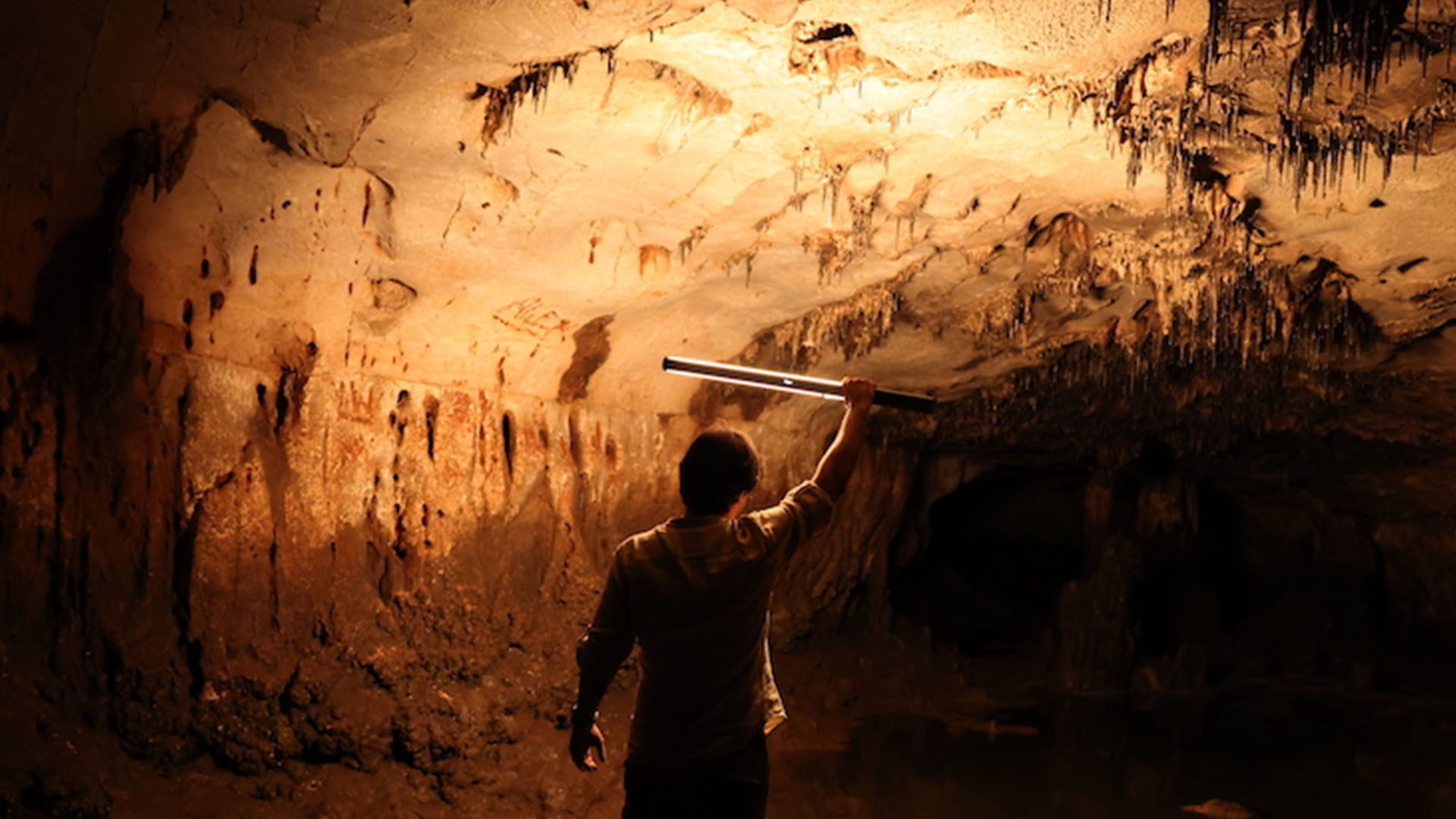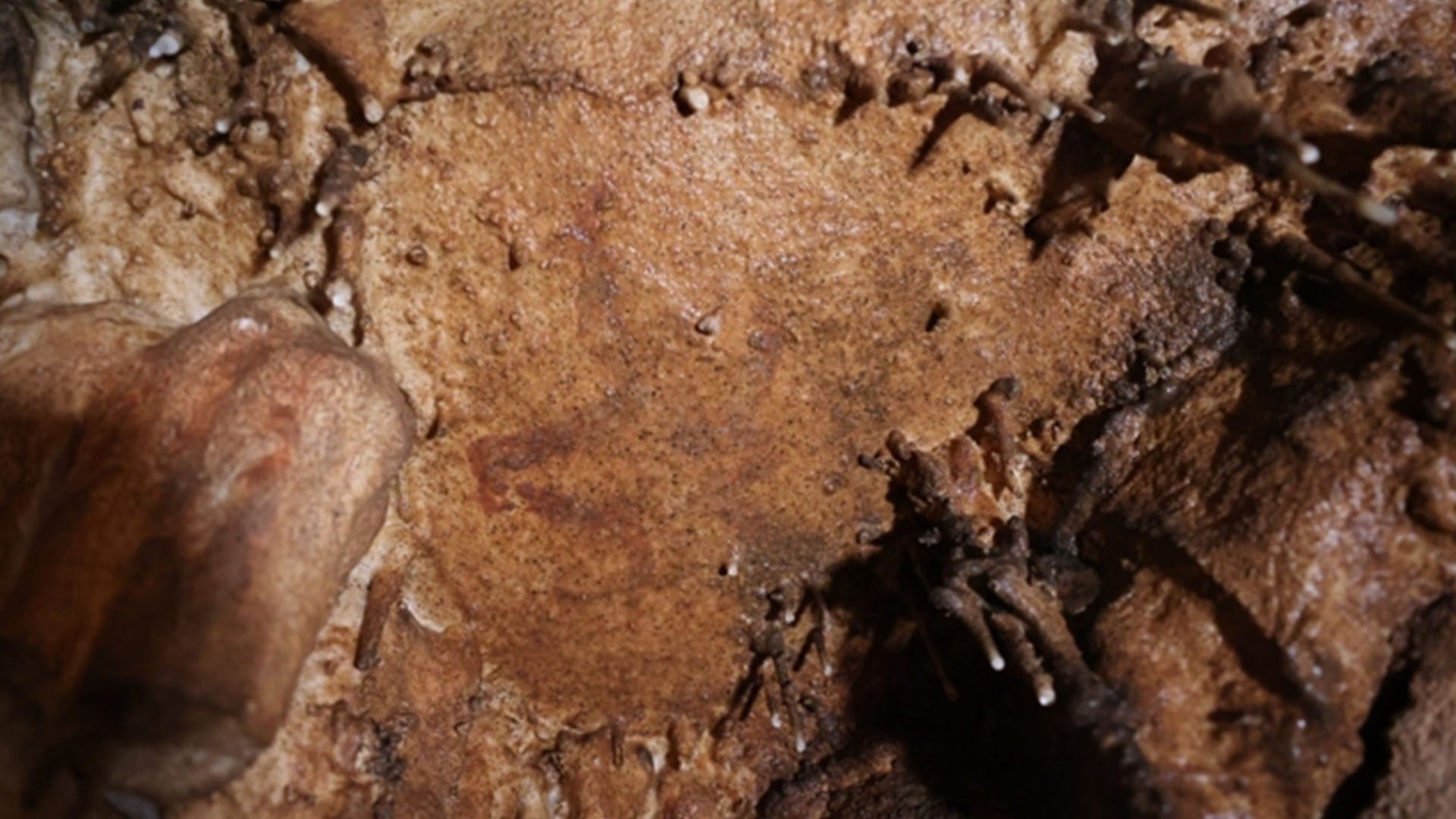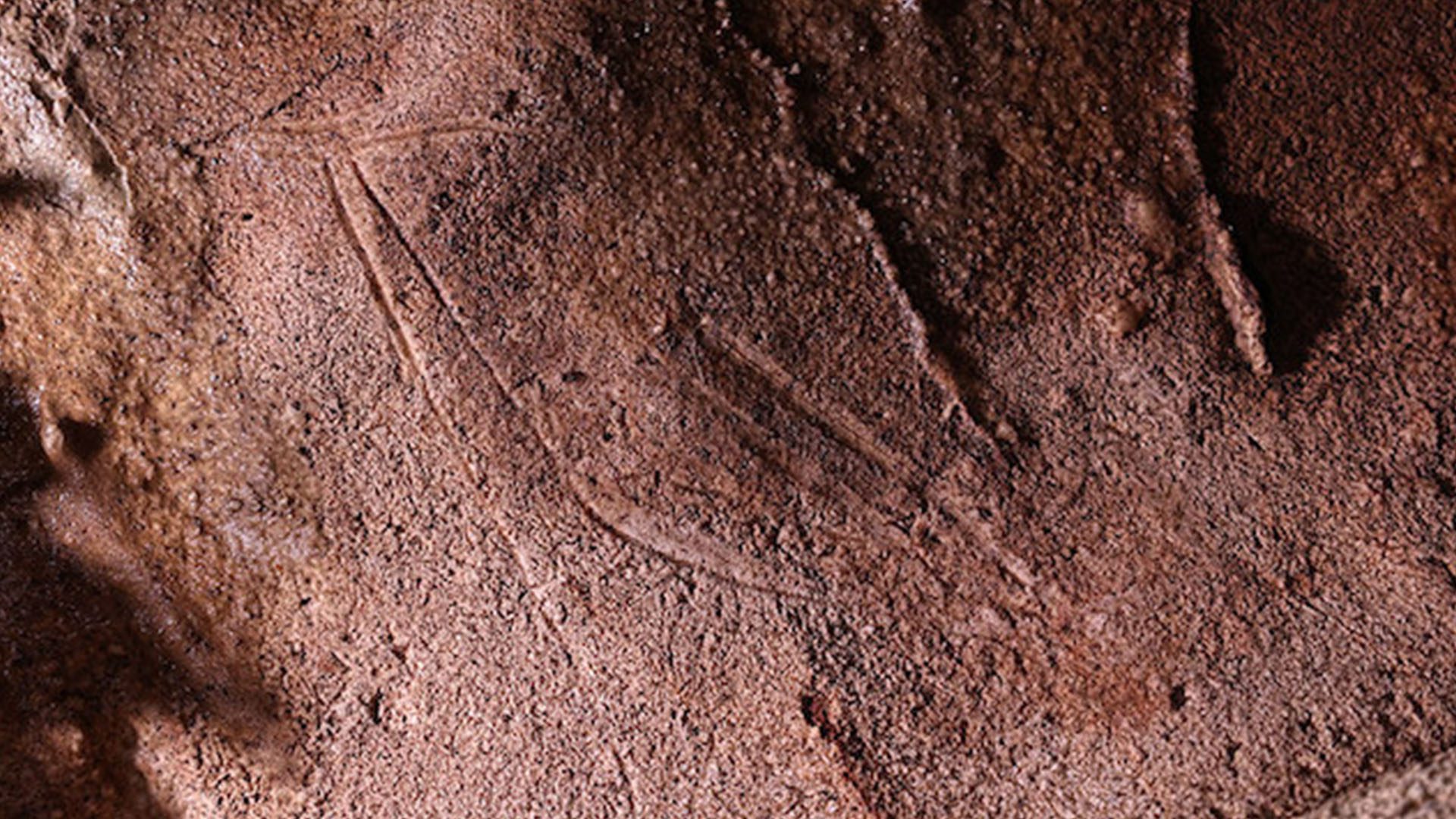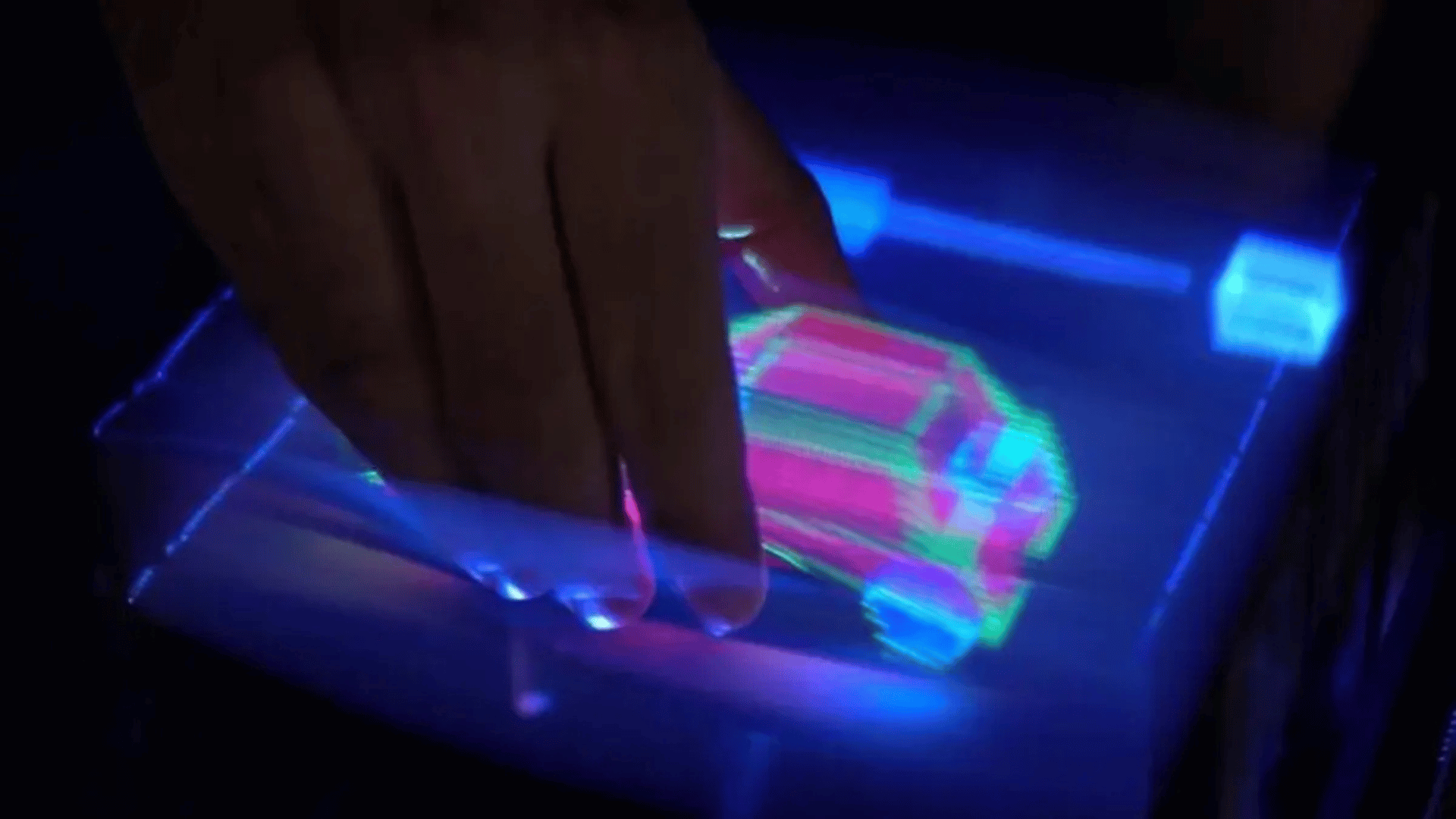An ancient cave with 24,000-year-old Paleolithic rock art was discovered near Valencia in eastern Spain. Though the cave itself is known to locals and spelunkers alike, the more than 110 paintings and engravings weren’t discovered until June 2021 when researchers from the University of Zaragoza and the University of Alicante in Spain discovered them approximately 1,300 feet from the cave’s entrance.

The cave, which is located at Cova Dones near Spain’s Mediterranean coast, contains well-preserved rock art made by humans more than 24,000 years ago.
Among the paintings and engravings are 19 portrayals of wildlife. In addition to red deer, horses, and a pair of unidentified animals, the researchers found two depictions of aurochs – an extinct bovine species that are believed to be the ancestors of modern cattle.
“When we saw the first painted auroch, we immediately acknowledged it was important,” says study co-author Aitor Ruiz-Redondo, senior lecturer of prehistory at the University of Zaragoza in Spain and research affiliate at the University of Southampton in the U.K.
Both the variety and quantity of Paleolithic art contained in the cave are rare for Eastern Iberia and are more common in nearby northern regions, according to Ruiz-Redondo.

“Although Spain is the country with the largest number of Paleolithic cave art sites, most of them are concentrated in northern Spain,” Ruiz-Redondo says. “Eastern Iberia is an area where few of these sites have been documented so far. However, the actual shock of realizing its significance came long after the first discovery. Once we began the proper systematic survey, we realized we were facing a major cave art site, like the ones that can be found elsewhere in Cantabrian Spain, southern France, or Andalusia, but that totally lack in this territory.”
The researchers stated that the Franco-Cantabrian region is home to more than 70 percent of all known Paleolithic cave art, though recent years have uncovered discoveries in other areas of Asia and Europe.
The Cova Dones site includes a single gallery cave approximately 1,600 feet deep where researchers uncovered 110 distinct graphical units in three zones of the cave. There was a diversity of motifs and artistic methods which, according to the authors, suggests that it may be one of the most important sites for rock art on the Iberian Peninsula Mediterranean coast.
Researchers found engravings done in a typical outline style but also some that appear to be shaded by scraping limestone precipitate against the walls. This technique is reportedly rare in Paleolithic cave art and unheard of in Eastern Iberia.

The material tools used to create the artwork were also unusual, most of the paintings were created using iron-rich red clay rather than the more common diluted ochre or manganese powder.
“Animals and signs were depicted simply by dragging the fingers and palms covered with clay on the walls,” Ruiz-Redondo says. “The humid environment of the cave did the rest: The paintings dried quite slowly, preventing parts of the clay from falling down rapidly, while other parts were covered by calcite layers, which preserved them until today.”
This discovery may mark the highest total of Paleolithic motifs found at any cave in Europe since 2015 when archeologists discovered an array of paintings in the Atxurra cave. Work at the Cova Dones cave is far from finished, the authors stated, as there are more areas of the cave to explore and more art left to examine and document.







